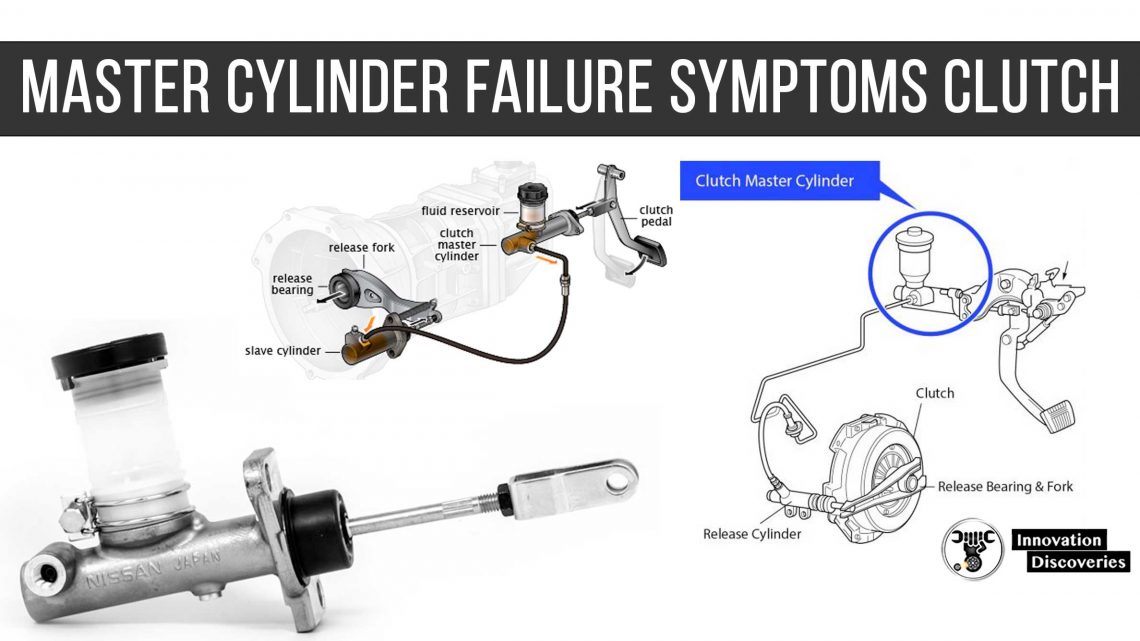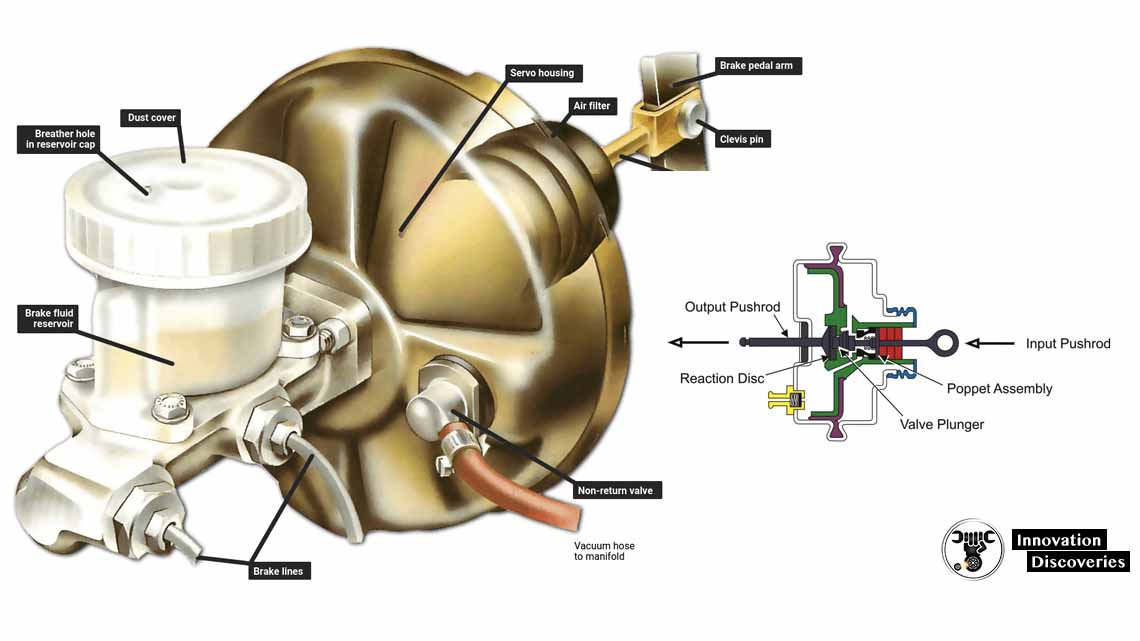
A clutch master cylinder is a component found on vehicles equipped with a manual transmission and serves as the pump for the hydraulically operated clutch system.
When the clutch pedal is pressed, the clutch master cylinder pushes fluid through the system down to the clutch slave cylinder so that it may disengage the clutch.
As they are hydraulic in nature, clutch master cylinders are often prone to issues with leaks that will interfere with their ability to displace fluid.
When the clutch master cylinder fails, it might lead to problems with the clutch pedal and gear shifting.
Usually, a bad or failing clutch master cylinder will produce a few symptoms that can notify the driver that a potential problem has occurred and should be serviced.
READ: How manual gearboxes work

Clutch Failure Symptoms
Like all mechanical and hydraulic devices, the master cylinder will eventually wear out.
Depending on use, the typical master cylinder might last 60,000 to 200,000 miles.
Highway commuters use the brakes less often than city taxis, for example, so their master cylinders tend to last longer.
The mechanical parts of the master cylinder, the springs, and pistons are so simple that failure is almost unheard of.
On the other hand, the rubber seals can wear out and degrade over time, leading to internal or external leaks.
Here are a few symptoms of master cylinder failure, along with some basic brake diagnostic tips.
Sinking Pedal:
When the driver steps on the brake, it should depress to a certain point and stay there.
If the pedal continues to drop, it could indicate an internal brake fluid leak.
Before condemning the master cylinder, check brake fluid level and check for external leaks from brake lines, calipers, or wheel cylinders.
Contaminated Brake Fluid:
Over time, rubber seals can degrade and disintegrate, resulting in “dirty” brake fluid.
This can be caused by incompatible or hydrated brake fluid.
To help these master cylinder seals last longer, always use the fluid specified in the Owner’s Manual, fill from a sealed container, and replace brake fluid every 20,000 miles.
Brake Warning Light:
This warning light can come on for different reasons, depending on the design of the vehicle.
Usually, the brake warning light will illuminate to indicate low brake fluid level or parking brake engagement, and some vehicles may also illuminate the brake warning light to indicate brake pressure problems.
Before condemning the master cylinder, though, check for leaks in other parts of the brake system.
Check Engine Light:
Because the master cylinder is critical to other systems, like anti-lock brakes (ABS) and electronic stability control (ESC), master cylinder pressure problems may cause these systems to record diagnostic trouble codes (DTC) and possibly disable auxiliary systems.
Low Brake Fluid:
While leaks at brake lines, brake hoses, wheel cylinders, and brake calipers commonly result in low brake fluid, they are usually easier to identify because they are more exposed.
External master cylinder leaks can be hard to identify because the only leak point is at the rear, which is often hidden in the brake booster.
If the rear seal leaks, it will often leak directly into the booster, though you may be able to see brake fluid residue at the seam between the master cylinder and the booster.
Remove the master cylinder to check more closely for leaks.
READ:
- Checking and removing a clutch master cylinder
- Clutch Slipping Causes and Repairs
- CLUTCH PRESSURE PLATE – REPAIR & REPLACEMENT
Replacing a master cylinder and servo unit
Visit Forum
Visit Our Friendly Website



